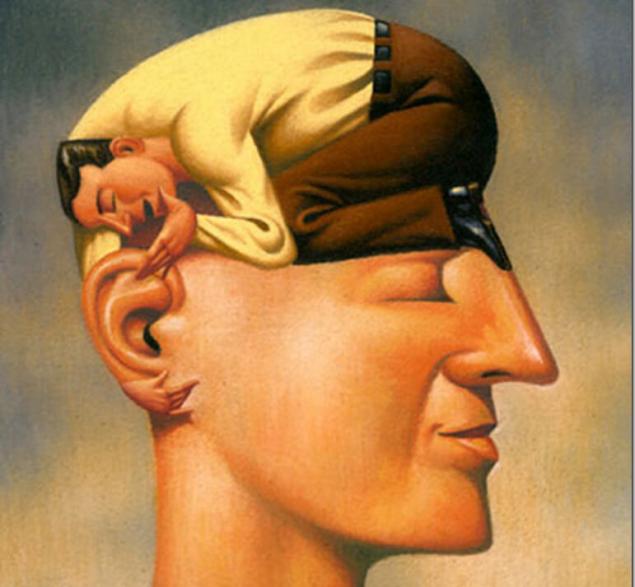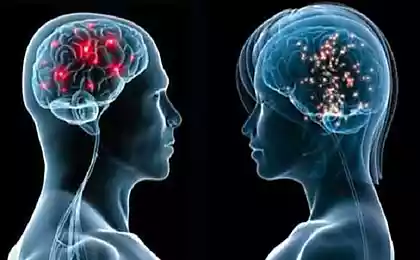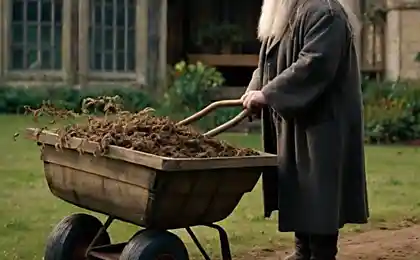499
Why our voice really is not what we hear
You probably noticed that your voice, that you hear at the moment of his conversation, not like that voice that sounds in reality and who can hear the people around you. The reason for that is your skull, but rather, how it is created inside the vibration at the time of your conversation.
Your voice is created in the lower part of the throat when released from the lungs air passes through your vocal cords, which, in turn, begin to vibrate and produce sounds.
These sounds are amplified by your voice box, then turn your tongue and lips in the right words, then fill the surrounding atmosphere until they reach the ear canal of your listeners by stimulating the tympanic membrane and the inner ear. After that, the audio analog signals are converted into electrical impulses, which are absorbed by the human brain.

However, not only the inner ear can pick up sounds coming from external sources. Your audio device can also be activated by vibrations, which creates your body. When you say start to vibrate not only your vocal cords. Microvibration in this moment happening throughout your skull.
"When you say vocal cords in your larynx vibrate. At this point, the vibration is transmitted to your skin, skull and the entire oral cavity. These vibrations we begin also to perceive as sound," explains Professor of audiology Ben Hornsby of Vanderbilt University.
However, the sound through the bone have much more difficult than to pass through the air. The resulting resistance causes the frequency to decrease, reducing at the same time and the pitch of the sound that you hear with the inner ear, creating a sort of feedback effect that stimulates your eardrums on both sides.
That is, at this point your eardrums start to absorb not only the external sound but also vibration, which is created inside of your skull at the moment of your speaking. A side effect of this is that you really can't hear your real voice in that moment, when you actually say it.
Due to the fact that a human ear is located behind the mouth, the sounds coming out of him, first standing in front of them to reach objects, to be reflected back and becomes audible to your ears. All this makes the audio signal to lose its energy, which in turn adjusts the frequency and pitch of your voice.
As a result, you hear the distorted sound of your voice, whose tone is lower in relation to the tone of the sound you can hear the people next to you in the moment when you're talking about. This difference of tones is processed by your brain and is converted into a single audio signal which you perceive your voice. He gets a little bataviae than it actually is.
"You actually hear your voice as a stereo signal, which is formed by both air and bone conduction," says Michael Kelly, the author of the book "Understanding the Power of Your Voice".
"In turn, people who are close to you, hear your voice in mono. Your voice, they hear only the air conduction". published
See also:
The phenomenon of time and Kozyrev mirrors
After this discovery you will not want to clean your ears with cotton swabs!
P. S. And remember, only by changing their consumption — together we change the world! ©
Join us in Facebook , Vkontakte, Odnoklassniki
Source: vk.com/the_intellectuals?w=wall-43503264_77203
Your voice is created in the lower part of the throat when released from the lungs air passes through your vocal cords, which, in turn, begin to vibrate and produce sounds.
These sounds are amplified by your voice box, then turn your tongue and lips in the right words, then fill the surrounding atmosphere until they reach the ear canal of your listeners by stimulating the tympanic membrane and the inner ear. After that, the audio analog signals are converted into electrical impulses, which are absorbed by the human brain.

However, not only the inner ear can pick up sounds coming from external sources. Your audio device can also be activated by vibrations, which creates your body. When you say start to vibrate not only your vocal cords. Microvibration in this moment happening throughout your skull.
"When you say vocal cords in your larynx vibrate. At this point, the vibration is transmitted to your skin, skull and the entire oral cavity. These vibrations we begin also to perceive as sound," explains Professor of audiology Ben Hornsby of Vanderbilt University.
However, the sound through the bone have much more difficult than to pass through the air. The resulting resistance causes the frequency to decrease, reducing at the same time and the pitch of the sound that you hear with the inner ear, creating a sort of feedback effect that stimulates your eardrums on both sides.
That is, at this point your eardrums start to absorb not only the external sound but also vibration, which is created inside of your skull at the moment of your speaking. A side effect of this is that you really can't hear your real voice in that moment, when you actually say it.
Due to the fact that a human ear is located behind the mouth, the sounds coming out of him, first standing in front of them to reach objects, to be reflected back and becomes audible to your ears. All this makes the audio signal to lose its energy, which in turn adjusts the frequency and pitch of your voice.
As a result, you hear the distorted sound of your voice, whose tone is lower in relation to the tone of the sound you can hear the people next to you in the moment when you're talking about. This difference of tones is processed by your brain and is converted into a single audio signal which you perceive your voice. He gets a little bataviae than it actually is.
"You actually hear your voice as a stereo signal, which is formed by both air and bone conduction," says Michael Kelly, the author of the book "Understanding the Power of Your Voice".
"In turn, people who are close to you, hear your voice in mono. Your voice, they hear only the air conduction". published
See also:
The phenomenon of time and Kozyrev mirrors
After this discovery you will not want to clean your ears with cotton swabs!
P. S. And remember, only by changing their consumption — together we change the world! ©
Join us in Facebook , Vkontakte, Odnoklassniki
Source: vk.com/the_intellectuals?w=wall-43503264_77203
Reactive water heating oven oven sverhekonomnoe of the available materials
Skateboard swing for 20 minutes with their hands























